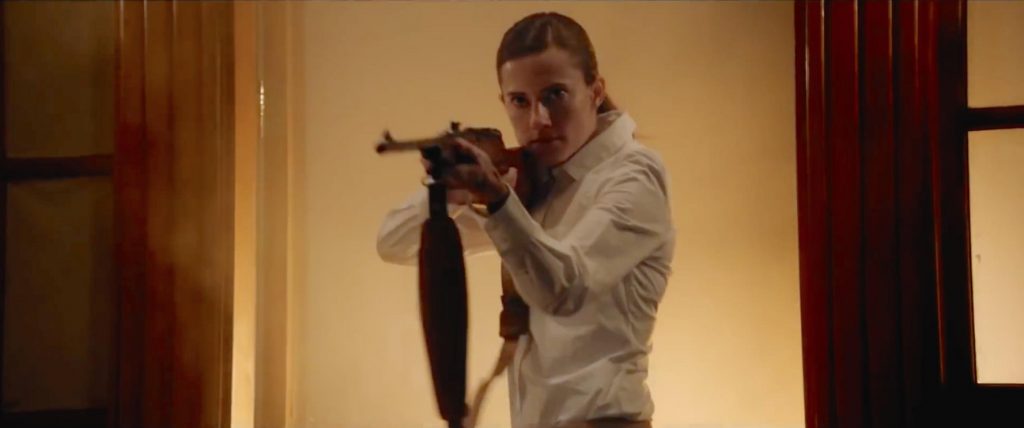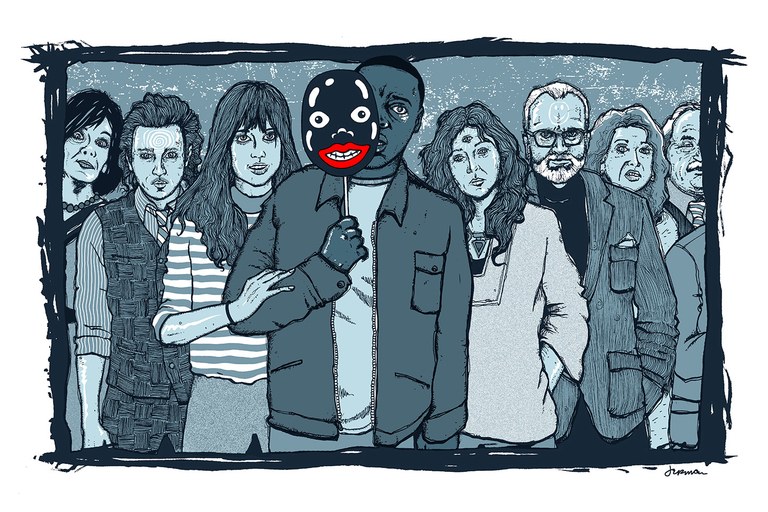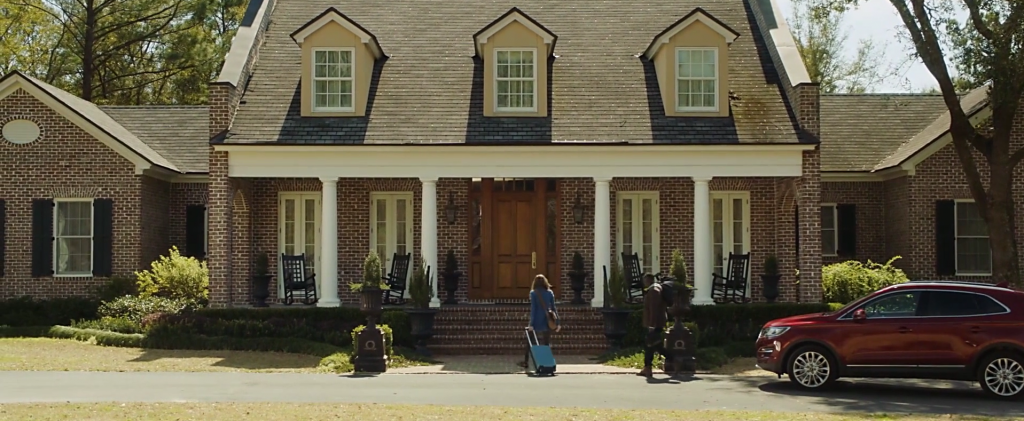
Rose Chasing Chris off Her Lawn with a Shotgun
Black characters occupy a very specific niche of tropes in Horror. The token black character is present as either the best friend comic relief or as a magical/mythical character that realizes the extent of the danger the main character is in (The Shining) whose death is necessary to further the plot or to cement how dire the situation is. Whichever the role, their death is more than likely and is especially painful as there are so few black characters in Horror to begin with.
In Get Out, these tropes are filled and subverted at the same time.
The main character is black and the only trope he fills is that of the Hero. Rod, his best friend, fills in the above-mentioned tropes but with a twist. He is not aware of the real danger that awaits at the Armitage’s house (mind controlled enslavement) but he does voice concern and worry, in a joking tone, to Chris about the racism he will inevitably face at Rose’s white parents’ house. He does joke, he is comedic, but his comedy is to help Chris be less tense and scared while also validating and acknowledging his fears. His knowledge is not of an imagined horror, but the real fear black people have towards white people and especially fear of the white parents of a white partner in an interracial relationship. Rod does not fit the racist “mythical Negro” trope by being a shaman, a voodoo doctor, or somehow supernatural in his warnings, but by relaying to the audience his and Chris’s real, valid fears.
The tropes are subverted through black characters surviving the film as Heroes while the white people die (a well-deserved death) as villains. When the black characters die, it is heartbreaking, it is outrageous, because they did not deserve to die, but their deaths are not to let the audience and hero know how dire the circumstances are, to create sentimentality, or drive the hero to fight harder (Chris is fighting for escape, for survival, and he only stops to help Georgina because of guilt about his mother’s death and kinship).Their deaths are there to show why Chris was/is afraid of white people, how racism isn’t over, and that for them death was an escape, a better alternative, to a life of enslavement under rich, white people that fetishize their “subhuman/animal” attributes.
The white characters rely on these tropes and the idea that no one will care if a black person has gone missing to torture and enslave black people. Even in this world, as we see through Rod’s interaction with the police, the police, even if black, does not care if a black man has gone missing and won’t take the worries of another black man seriously (they don’t even seem to care about Logan being found and acting out of character). However, in the end, they are wrong about the premise of the movie they are in. This is not a white fantasy/horror about white heroes; it is a horror film about the horrors white people cause with a black hero.
Chris does not die and neither does Rod, the comic relief. They survive. Chis is scared but he survives. They are free and they bring hope with them. Hope for them, for other black people the Armitage’s have enslaved, and for the audience. Peele puts it best in an interview he did with Variety Today:
In the beginning, when I was first making this movie the idea was, ‘Okay, we’re in this post-racial world, apparently.’ That was the whole idea… So the ending in that era was meant to say, ‘Look, you think race isn’t an issue? Well at the end, we all know this is how this movie would end right here… [As time passed] It was very clear that the ending needed to transform into something that gives us a hero, that gives us an escape, gives us a positive feeling when we leave this movie.






